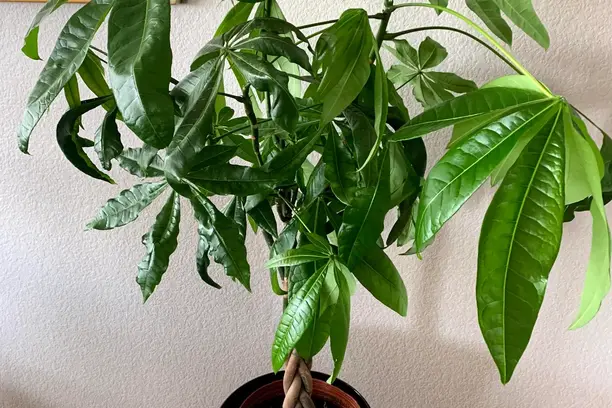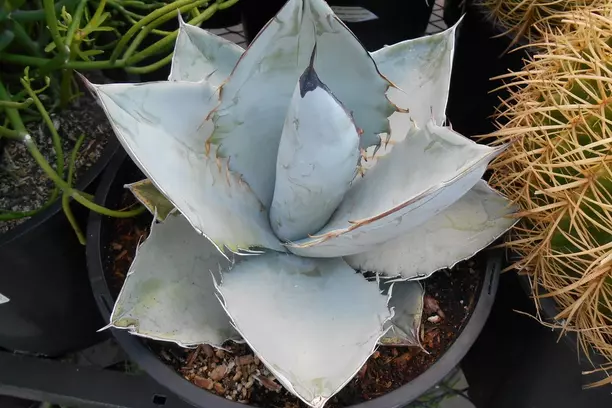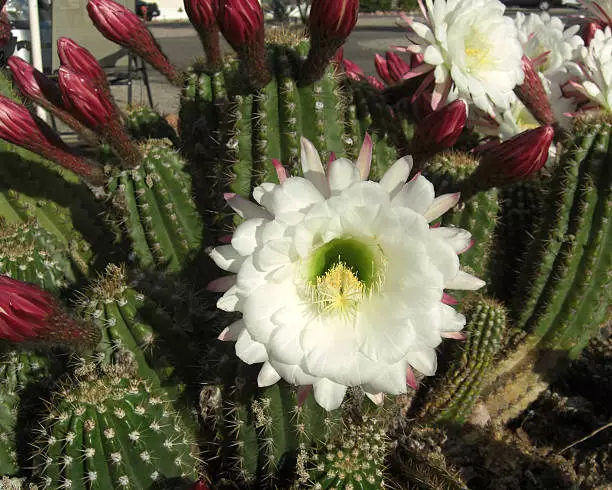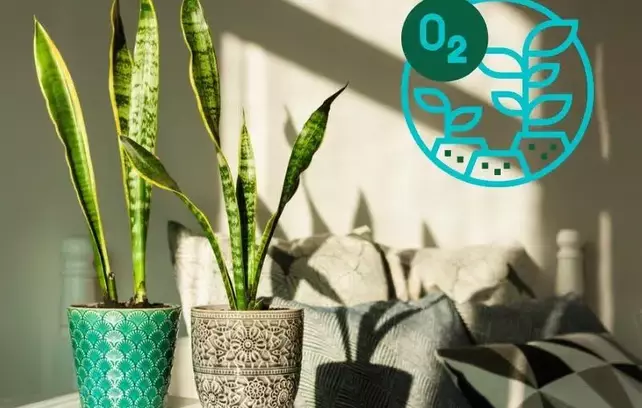You may not have a lot of land to work with, but you most likely have a balcony, rooftop, porch, or small patio. Living in an urban area shouldn’t keep you away from gardening.
RELATED: FABULOUS GARDENING TIPS FOR A SMALL YARD
It’s easy to get started with just a few plants and add more as you go along. These can be vegetables, herbs, flowers, or any combination of these.
The basics
Growing a garden takes dedication and a certain level of commitment. But it doesn’t have to take up a lot of your time. Once you learn the essentials, you will be more confident to grow your own urban garden.
Availability of sunlight
Many plants require six to eight hours of sunlight every day. If you find that one window has sun for four hours a day, and another has a few hours later in the day, consider using small pots for your plants so you can move them back and forth between windows or locations.
Soil content
Your best option for being successful at urban gardening is to purchase potting soil from your neighborhood store. This will provide the needed nutrients to give your plants the best start.
Avoid going out and digging up dirt from just anywhere. It may contain various contaminants that will be detrimental to your gardening aspirations.
First, place gravel or glass marbles in the bottom of your container, then fill with soil. This will help with drainage.
Plant selection
Choose plants that do well in shallow soil. As you will be using containers, hanging baskets, or window boxes, the depth of the soil will be limited. Consider such options as lettuce, radishes, or herbs.
Watering
Set a watering schedule. Ideally, you will want to water them every morning, depending on your plant and how sunny the location is.
Be sure your containers have drainage holes at the bottom. If you are repurposing buckets or other items, be sure to drill enough holes so excess water can drain out.
Setting up
Now that the basics are covered, it’s time to determine how to set up your urban garden.
Start a container garden
Container gardening is a popular option for urban dwellers. You don’t have to use expensive pots, however. So many items can be used as plant containers, so get creative.
Look for old buckets and baskets, or use clean yogurt containers or cans. Use a variety of sizes and cluster them together on a small table or use a window box. Also, use hanging baskets. You can even create a hanging basket out of a large metal colander bowl.
Go vertical
If you only have a tiny space to build your urban garden, consider going vertical. That is up instead of out.
For this, you have a number of options, including repurposing a wood pallet or set of pallets, planting in between each of the slats. You may also want to use railing planters, stacking planters, vertical wall planters, or ladders.
Still, another option is to use wall pockets or put up shelves for your containers. By gardening vertically, you can hide the ugly walls of your balcony, or even provide privacy where there currently isn’t any. Beans, ivy, or jasmine are great options for vertical gardening.
Keep it indoors
If you have no outdoor space to grow your urban garden, don’t fret because there are still options for you.
Locate a windowsill to set your containers, or place a table under a window for your plants. Also, place various plants throughout your home, wherever sunlight is available.
Take it to the roof
Often you will have the roof of your building accessible and available for your garden. You may be able to grow more, including larger vegetables and plants in there.
However, be sure to check with your building’s owner or superintendent to confirm if this is allowable.
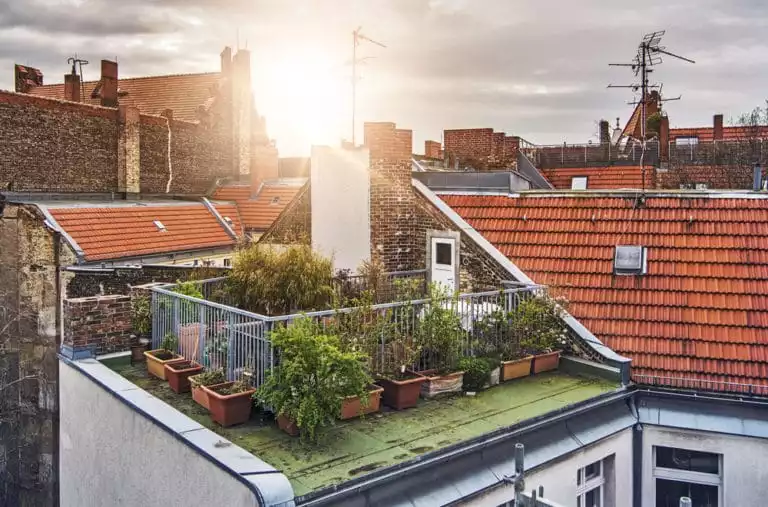
Start or join a community garden
Even if you have a small garden at your home, you may desire more space once you get going. If so, consider joining a neighborhood or community garden.
If you can’t find one of these in your area, start looking for one. Various grants and other funding opportunities are available, so be sure to research the possibilities.
RELATED: BEGINNER’S GUIDE TO BACKYARD GARDENING
Choosing your plants
Now, let’s talk about what to grow. In addition to plants and flowers, here are a few suggestions for themed gardens you can successfully grow in your urban space.
Having a theme for your garden will help hold your interest and keep you excited about the outcome. You’re not limited, however, to any single type of plant or garden. Experiment as you go along, and soon you’ll know what you love best.
Herbs garden
An herb garden sometimes referred to as a kitchen, doesn’t require a lot of space and can be grown in a container, set of containers, or a hanging basket.
Just be sure to combine those with similar watering needs. Suggestions include combining thyme, sage, and rosemary in one, and parsley and basil in another.
RELATED: 2 EASY TO GROW VEGETABLES IN YOUR GARDEN
Salad garden
Combine salad ingredient plants into your containers, from lettuce, spinach, and kale to tomatoes and smaller varieties of cucumbers.
Other garden themes
Other options include salsa gardens, pizza gardens, and even smoothie gardens.
Final thoughts
Whether you have a balcony, porch, patio, or windowsill, bringing gardening into that urban space doesn’t have to be avoided or even complicated.
With these tips, you can turn just about any space into your own version of a garden and enjoy the benefits of having your own personal green space.
